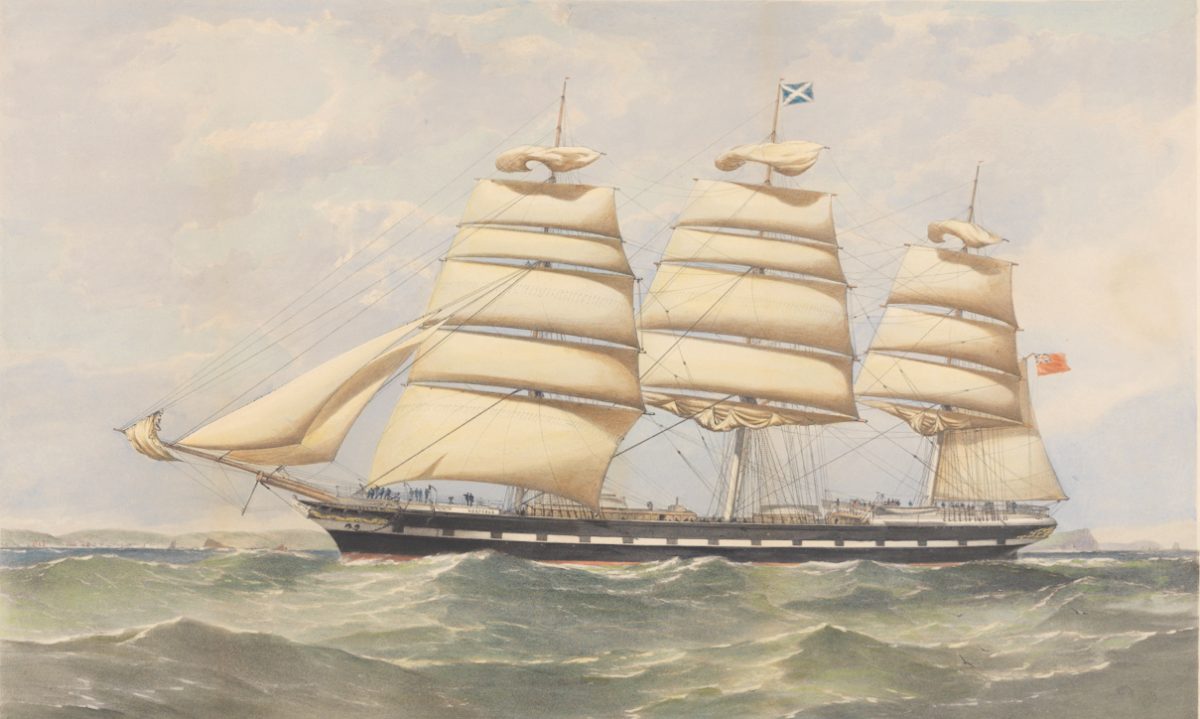These are three important poems for the occasion of Arrival Day, marked in Guyana each year on May 5. It is the day on which ships arrived in British Guiana after the first crossing, bringing immigrants from India under the indentureship experiment in 1838.
Two ships, the Whitby and the Hesperus, are mentioned by Mahadai Das in the poem “They Came In Ships”, along with the Fatel Rozack, which was the first of the migrant ships to land in Trinidad in 1845.
Das’s poem was excerpted in this column before with analysis and commentary, but is well worth reprinting in full because of its significance. It is a definitive poem in Guyanese East Indian literature, and more so the literature of indentureship in Guyana. Das, who started out as a sworn nationalist, grew to be an existentialist, psychological and post-modernist writer not known to exhibit great interest in poetry of the Indian ethos. Yet “They Came In Ships” occupies a distinguished position as one of the most defining poems on human arrival and Indian indentureship.
The other two poems have also merited previous attention and are worth revisiting because of their important place in East Indian poetry and post-indentureship realities. Printing them together allows immediate comparison, with respect to how they relate to each other and to the literature.
“The Weeding Gang” by CEJ Ramcharitar-Lalla and “Creole Gang” by Rooplall Monar both describe groups of women workers on the sugar estates, organized in “gangs” to carry out particular types of work. “The Weeding Gang” was published in 1934 and stands out as the only published verse by East Indians in British Guiana at that time to escape imitation and truly attempt to be an original poem that reflects local conditions. Yet, it romanticises the weeding gangs and glorifies what has otherwise been deemed an experience of hardship among women at the time.
Rooplall Monar’s “Creole Gang” is a product of the 1980s when the literature had matured and assumed a more plausible identity as social realism. The same group of women workers is presented in a much harsher light, more accurately reflecting their more harried cycle of existence. Monar followed Sheik Sadeek as a writer who revolutionised Guyanese East Indian literature.






